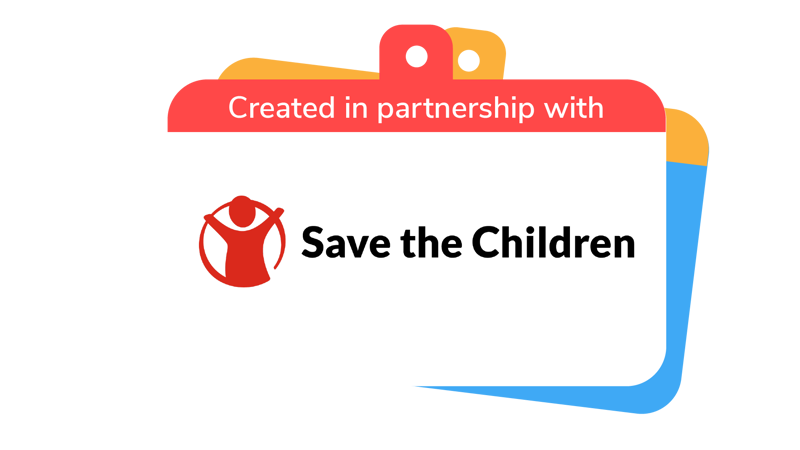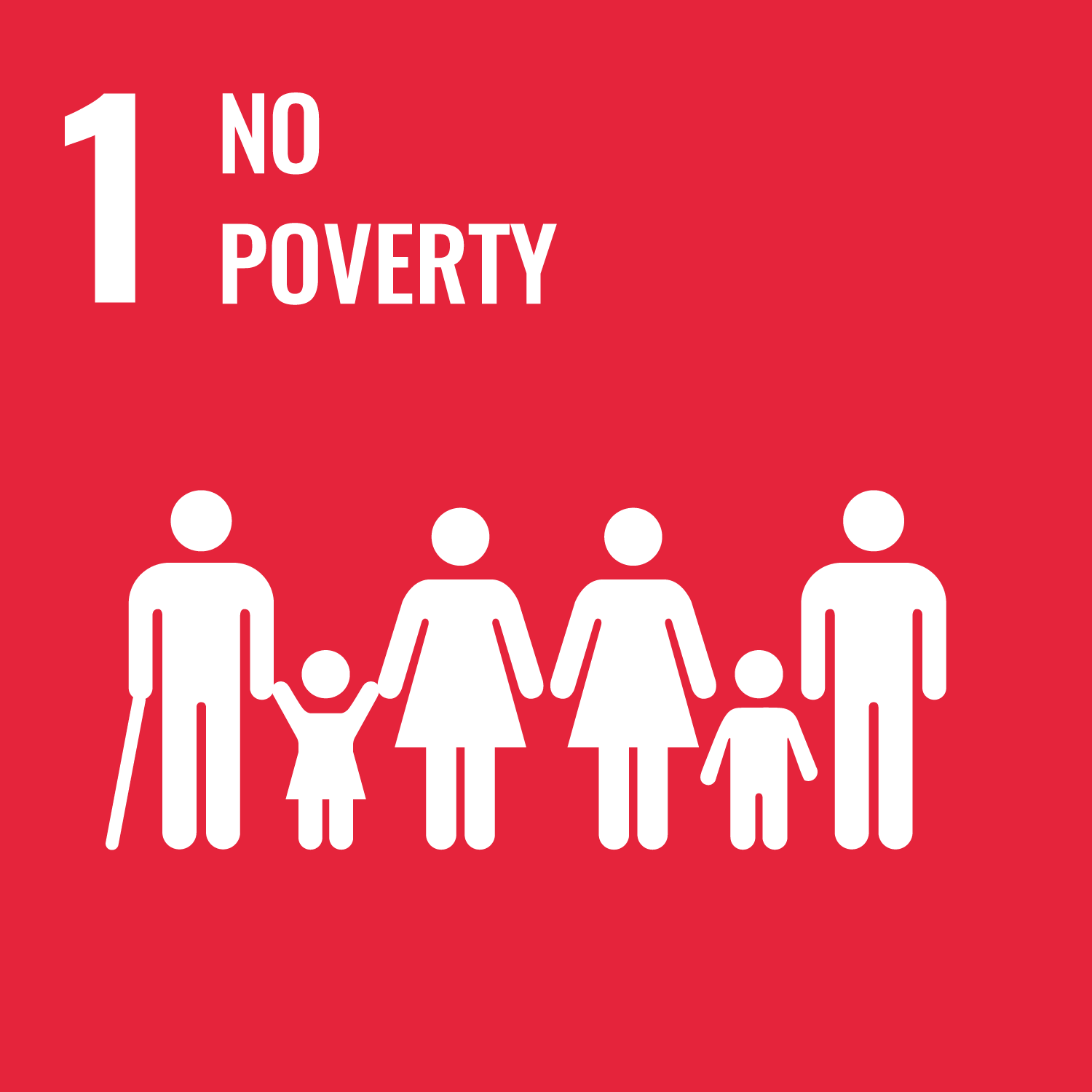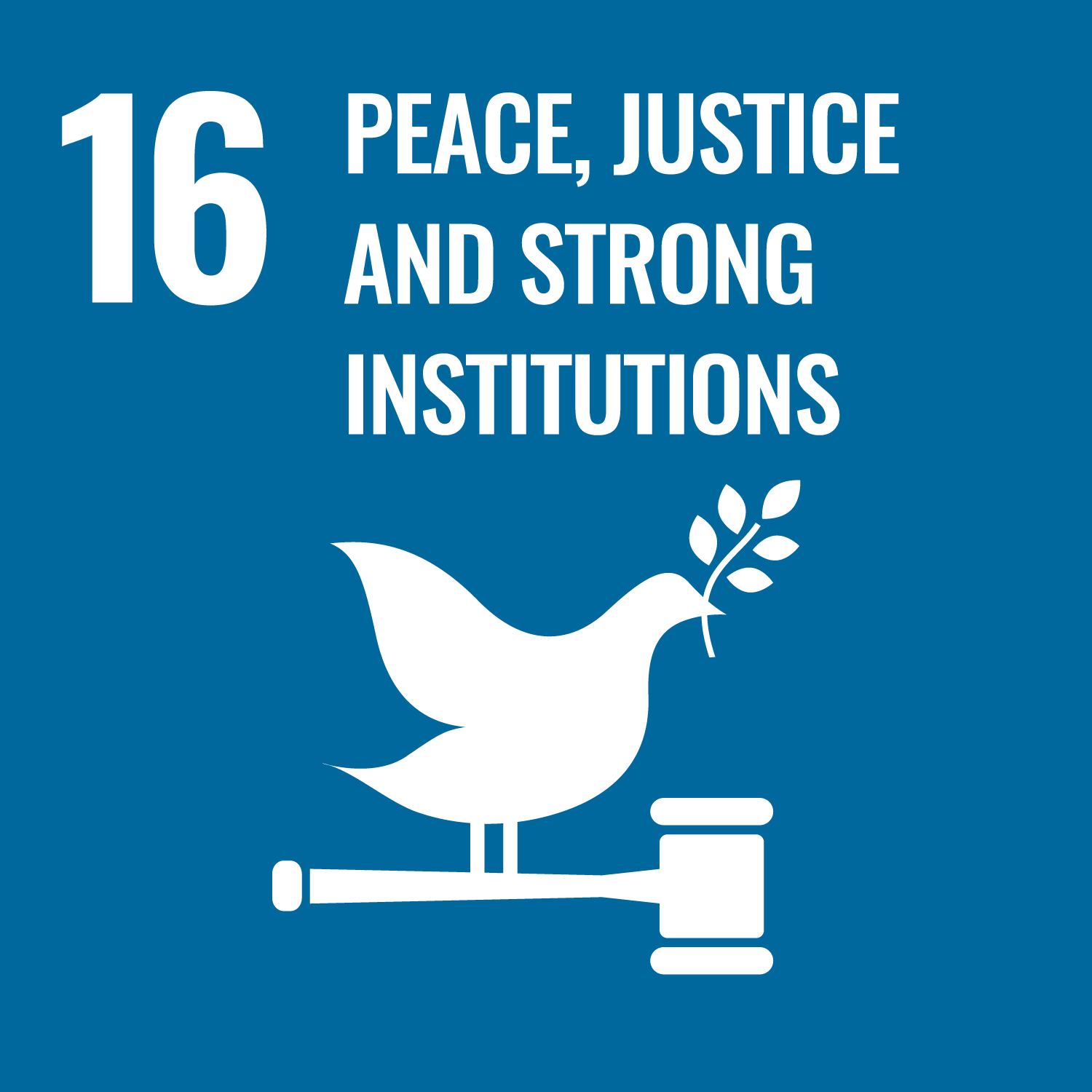
Learn about Afghanistan
You’ll need
- Big pieces of card
- A4 card
- Craft materials (for example, tissue paper, pipe cleaners, stickers)
- Coloured pens or pencils
- PVA glue
- Scissors
Before you begin
- Read through the ‘Afghanistan FAQ’ sheet so you’re ready to explain the Afghanistan crisis to everyone. How you explain it, and the level of detail you include, will probably depend on your group.
Play river crossing
- The person leading the activity should use tape, chalk, or rope to make two lines on the floor to make a river.
- Everyone should get into groups of between six and eight people.
- The person leading the activity should give each group some cardboard – there should be fewer pieces of cardboard than people in the group.
- Everyone should try to cross from one side of the river to the other using the cardboard. They should balance, squeeze onto a few pieces, and pass pieces to the front.
- If anyone touches the river (any part of the floor between the two tapes), they’re lost and they should go and wait at the start.
- The team that gets everyone across in the fastest time wins.
- Everyone should gather together and chat about how well their team worked together. Was crossing the river challenging? Would they do anything differently next time?
- The person leading the activity should explain that while this was a fun game, some young people have to cross rivers to escape violence and persecution.
Introduce the Afghanistan crisis
The person leading the activity should explain the Afghanistan crisis. They should use the ‘Afghanistan FAQ’ sheet to find out more and answer any questions.
- Afghanistan is a landlocked country between Central and South Asia. It is one of the world’s poorest countries.
- In August 2021, a group called the Taliban seized control after international forces withdrew from the country.
- Many people were evacuated or fled, because they feared what life would be like under the Taliban. Women and girls in particular feared being banned from education and the workplace. Others, like LGBT people and civil rights activists, were also very worried.
- The United Nations warned that up to 500,000 Afghans could become refugees or displaced by the end of 2021, and called on neighbouring countries to keep their borders open.
Chat about the Afghanistan crisis
- The person leading the activity should use the ‘Jakey’s story’ sheet to tell everyone about one person’s experience of the crisis.
- Everyone should think about what the biggest problems facing people in Afghanistan.
- Everyone should think about whose responsibility it is to help the people in Afghanistan. They should think beyond the practical support they need, and think about whose responsibility it is to protect their rights and hold people to their legal responsibilities.
If your group is ready, you could chat about the role of campaigning in holding governments accountable for their actions.
Explain the UK’s role
- The person leading the activity should explain that the UK government is powerful and influential within the United Nations (an organisation that tries to maintain international peace and develop friendly relations and cooperation between nations).
- The person leading the activity should explain that the UK could do three things to help children and families in Afghanistan:
- It can make sure that families fleeing the conflict in Afghanistan can reach safety in other countries, including the UK.
- It can make sure that humanitarian workers can still reach people who need help, so they can continue their vital work.
- It can support a lasting peace settlement, so that Afghan children can grow up free of the fear of violence, death and injury.
- The person leading the activity should ask everyone if they think that the UK government should use its power and influence to help people in Afghanistan. Does anyone have any ideas of what they could do to influence the government?
- The person leading the activity should explain that people can tell the Foreign Secretary that they care what happens to Afghan children and their families – and that they want the UK to stand up for them.
Stand up for Afghan children
- The person leading the activity should explain that we can all stand up for Afghan children and show them our support.
- The person leading the activity should explain that it’s important for young people in the UK to share their hopes and goals for the future with the Foreign Secretary, to show them that all children should have the same rights – no matter where they live.
At the moment, young people in the UK are free to think about what they want to do with their futures, from the everyday goals (like learning to play an instrument) to the big dreams (like becoming an astronaut). Right now, Afghan children don’t know what the future will hold for them.
- Everyone should think about their hopes and dreams. Which hopes do they think they might have in common with children in Afghanistan? Which hopes do they think might be different?
- Everyone should create a solidarity figure, filled with their hopes and dreams for their futures. They should get creative – they could write a poem inside the outline, draw, or write a campaign slogan.
The person leading the activity may give everyone a ‘Person outline template’ sheet, or they may ask them to draw their own person outlines.
- Everyone should think about whether there’s anything else they could do to show their solidarity with Afghan children. For example, they could draw around someone and fill in the outline together with writing, drawing, and collage. They could also create a paper doll chain with one person for each member of the group, to show their connection with each other and Afghan children.
- Everyone should think about how they could share their finished artwork. You could send photos of your art (and copies of anything like letters) to your local MP and tell them all about the campaign. You could also write to your local newspaper about what’s happening in Afghanistan and what your group’s doing about it.
- You could send a copy of your finished artwork to Save the Children with the name and address of their group and some contact details.
It’s best if you can send the original artwork to Scouts c/o Campaigns & Organising Department, Save the Children, 1 St John’s Lane, London, EC1M 4AR, but you can also email photos to scouts@savethechildren.org.uk.

This activity helps contribute towards some of the UN's Sustainable Development Goals. Find out more about the SDGs, and how Scouts across the world are getting involved.







Reflection
This activity reminded everyone that they’re a citizen. As citizens, they’re able to influence the people in power. Refugees and displaced people aren’t always able to stand up and share their stories. Why is it so important that people use their voices to show solidarity for Afghan children? Do people have a responsibility to campaign to help others, even when it doesn’t directly affect them?
This activity was also about valuing other people. Children have the right to have hopes and dreams. In the UK, the government has a position of power to make sure they’re able to have hopes and dreams. Who’s responsible for making sure children feel safe if they have to leave their home because of conflict? Does everyone have a responsibility to help children feel safe? What else will everyone do to help Afghan children be able to have and accomplish their hopes and dreams?
Safety
All activities must be safely managed. You must complete a thorough risk assessment and take appropriate steps to reduce risk. Use the safety checklist to help you plan and risk assess your activity. Always get approval for the activity, and have suitable supervision and an InTouch process.
- Scissors
Supervise young people appropriately when they’re using scissors. Store all sharp objects securely, out of the reach of young people.
- Glue and solvents
Always supervise young people appropriately when they’re using glue and solvent products. Make sure there’s plenty of ventilation. Be aware of any medical conditions that could be affected by glue or solvent use and make adjustments as needed.
- Rubbish and recycling
All items should be clean and suitable for this activity.
- People don’t have to write – they could draw or make a collage from old magazines and newspapers.
- It’s up to you whether you create lots of individual pieces of art or work together to make one.
- People could also use the information to add a letter or video message to the Foreign Secretary. Why do they want them to pay attention to the crisis? What do they want them to do? What would make the most powerful message?
This activity may be difficult for people who’ve had a similar experience. Speak to them (and their parent or carer) beforehand, so you can create a plan for how to make it manageable.
All Scout activities should be inclusive and accessible.
If you’re passionate about making a difference for people in Afghanistan, there’s plenty more you can do the spread the word.
You could invite your local MP to visit your group and chat about their role in supporting Afghan children? You could also run an event or create something like a video news report to tell other people about the Afghanistan crisis and what they can do to help.
Discover more at https://www.savethechildren.org.uk/
